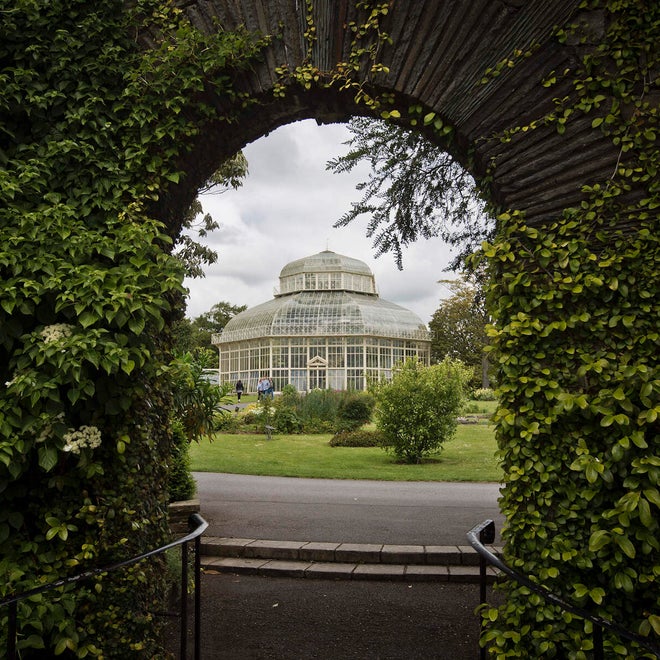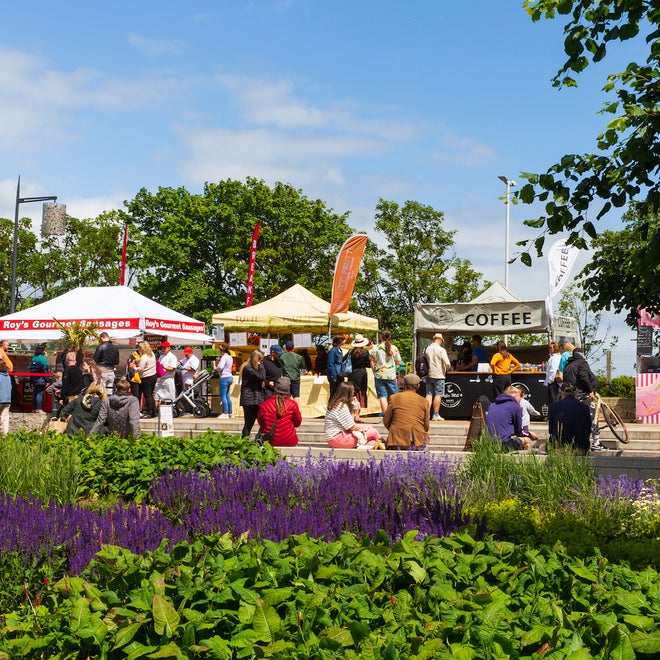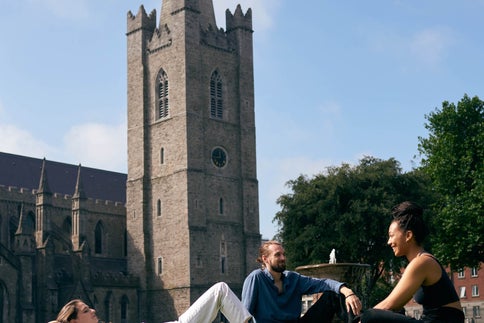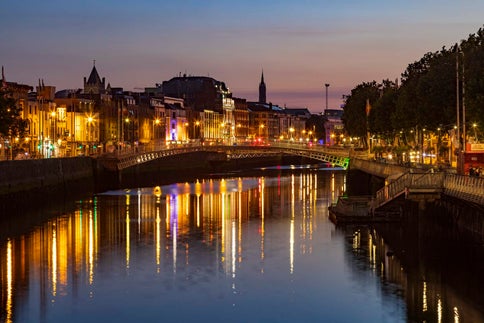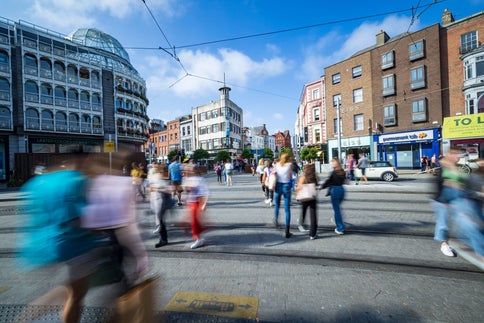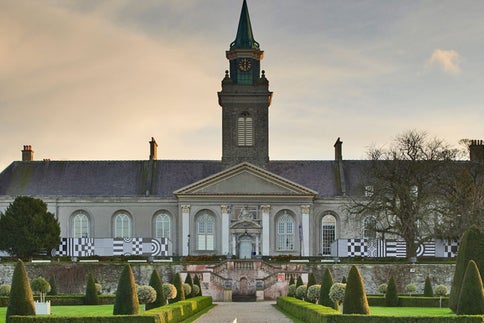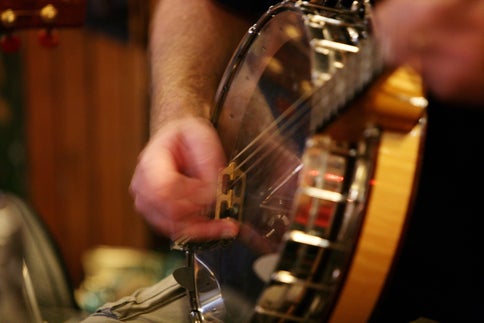- Home
- Things to see & do
Things to see & do
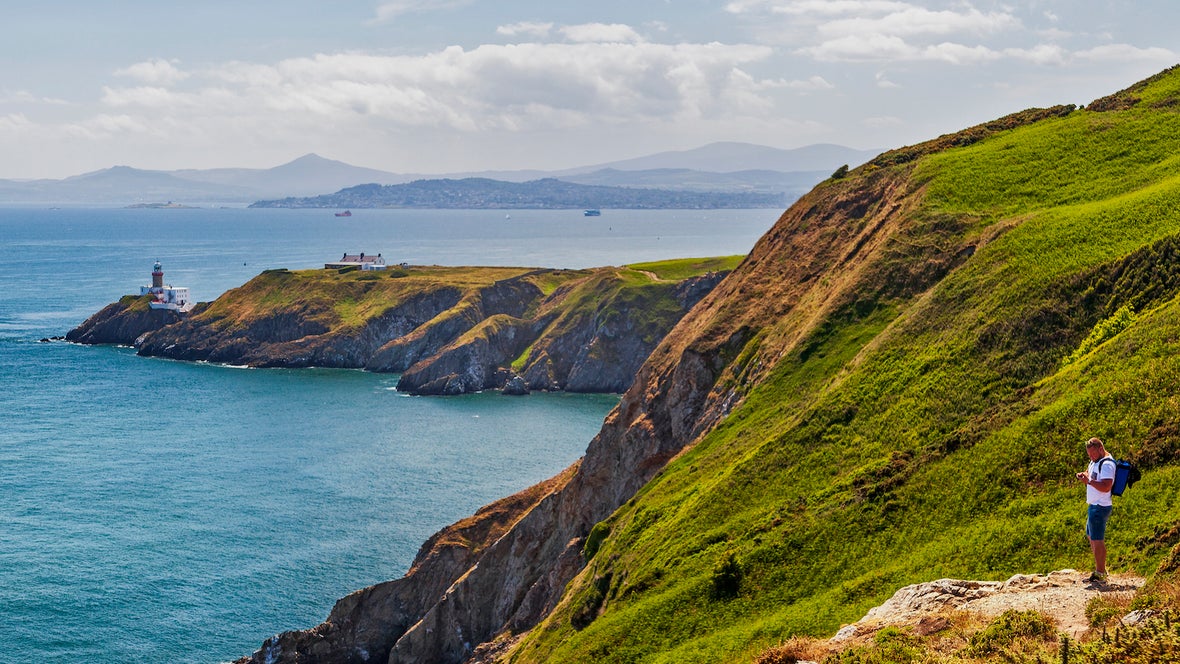
Free to visit
Rainy days
Family friendly
Hidden gems
After dark
Dublin the way you like it
Get the most out of your visit
Dublin Discovery Trails
Explore Dublin Docklands, Dublin Coastal Trails' villages and the city's neighbourhoods with Dublin Discovery Trails app

Traveller guides
Inspirational ideas to help you plan your Dublin experience.
- Dublin Discovery TrailsThings to see & doCity tours
- Dublin Music Trails: South CityThings to see & doCity tours
- Dublin Music Trails: The LibertiesThings to see & doCity tours

